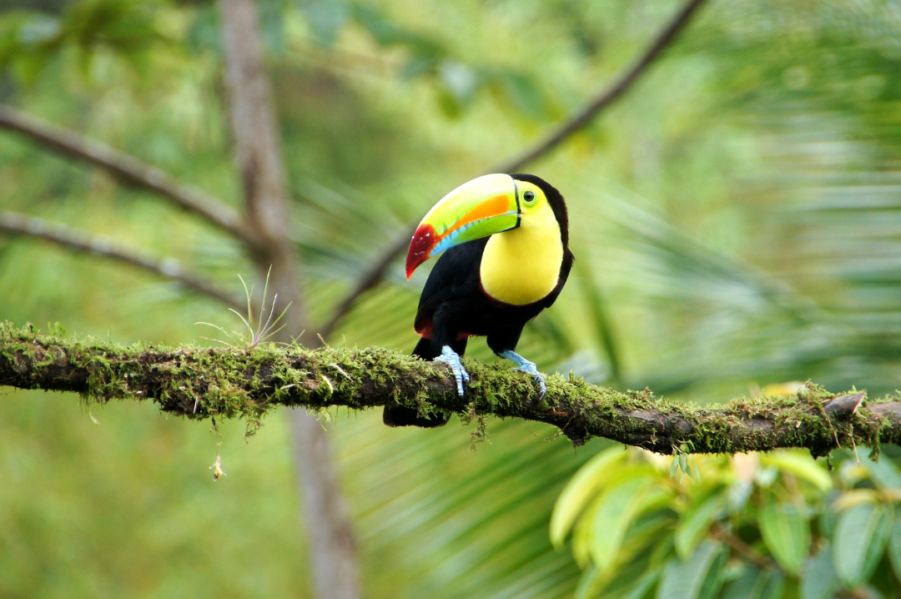Tropical rainforests capture people’s imagination as exotic, mysterious natural places. They conjure up images of hanging vines, colorful birds, big cats, huge flowers, and areas vibrant with life. But what makes a tropical rainforest? And why are they, and the wildlife they support, so different? In this Deep Stuff post, I’ll share what I’ve learned in my time living and working in the tropics. You’ll learn where to find them, and what makes these ecosystems so unique and fascinating.
Where can you find tropical rainforests?
Tropical rainforests are among the world’s most popular destinations for wildlife travel. This is not only because of their incredible natural wonders, but also because they only occur in a very particular part of the planet. As their name implies, tropical rainforests are restricted to the zone around Earths equator between the tropics of Capricorn and cancer. You can imagine this zone like a big, fat belt wrapping around the Earth at its widest point.
You’ll find tropical habitats like rainforests in the following regions of the world:
- Central and South America
- Central Africa, South Asia
- Some Polynesian islands
- Parts of the Caribbean
- the Malay Archipelago
- Northern Australia
Particular conditions
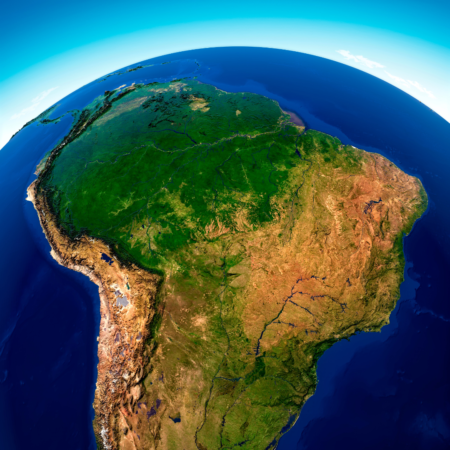
The biomes supported by this area, known as the tropics, share a number of key characteristics. These are key conditions that are responsible for how these unique ecosystems form.
- Lots of rainfall
- Limited seasonal changes
- No freezing temperatures, except maybe on mountains
- Similar day lengths (sunrise and sunset times) throughout the year
A wet climate
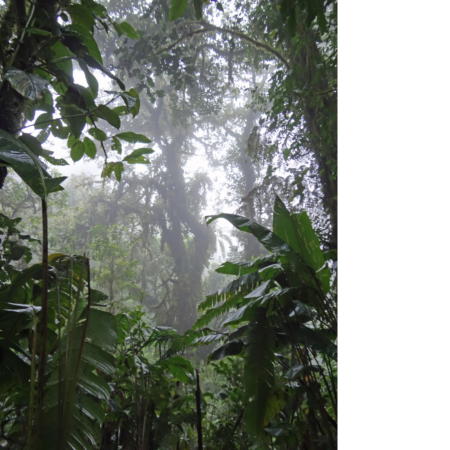
Rain, after all, is in the name! Tropical rainforests are often some of the rainiest places on Earth. Many tropical rainforests receive 80-100 inches (~200-250cm) of rainfall per year! Unlike temperate biomes where rain often comes in the form of storms with longer dry periods in between, rainfall is frequent in the tropics. It is also lower intensity, and may happen around the same time of day due to convection generated by the hot sun and humid conditions.
When I was conducting research at la Selva Biological Station in Costa Rica, we had short but reliable rainstorms nearly every afternoon! This was often the best time to get a snack and take a quick siesta to rest up from the day’s hikes.
Steady as she goes
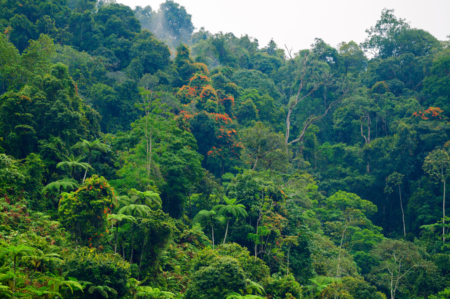
Because of their position on the globe, the tropics get just about the same amount of exposure to the sun year round. In other words, regardless of the time of year (or, where our planet is in its orbit around the sun), conditions are pretty similar. Although it is very hot and humid by many peoples’ standards, the temperature extremes are often not too great. The humidity and rainfall are constant as well, and there aren’t big changes like Fall, Summer, Winter, or Spring in temperate areas.
These reliable conditions are part of why so many species of birds migrate to the tropics when winter reaches their breeding grounds. They can depend on warm, wet conditions and the food that comes with them if they head toward that tropical belt.
Freeze-free
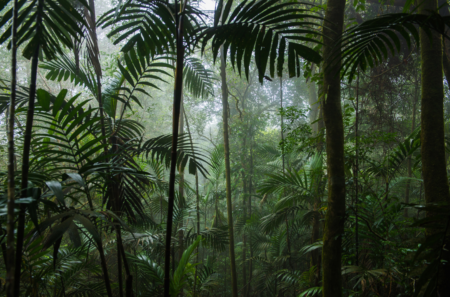
Tropical areas are sometimes defined as those that never freeze, even in winter. This characteristic means that local wildlife don’t need to be adapted to the dangers of winter. Because of this, tropical nature can be very different from temperate regions. Specifically, many species that couldn’t survive in colder or more seasonal climates are only found in the tropics. This also means that deciduous trees which shed their leaves are also less common, and most plants are evergreen.
However, many parts of the tropics also have tropical dry forests, which have different seasons based on rainfall. Trees in these dry forests will typically shed their leaves.
Similar day lengths
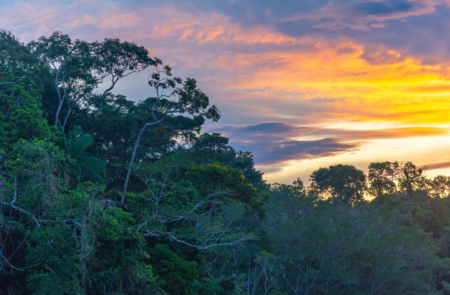
Living in a temperate climate or further from the equator, we get used to long summer days and long winter nights. However, travelling in the tropics, you may be caught by surprise. Being so far from Earth’s poles, the tropics aren’t really affected by the tilt of the Earth on its axis. This means that the amount of time the tropics spend with the sun’s rays pointing at them (in other words, the amount of daytime) stays the same year round.
Another interesting part of this is that sunrise and sunset happen very quickly. As a New Englander, I am particularly used to having long days in summer, with very slow sunsets. Living in Massachusetts and Montana, this always gave me lots of time to get home from a hike. In Costa Rica and tropical Australia, by contrast, I was repeatedly caught off guard as the sun went down. I’d see it starting to look late, and the rainforest would be pitch black before I knew it! If you head to the tropics for some nature travel be sure to pack a flashlight or headlamp!
What kind of wildlife lives in tropical rainforests?
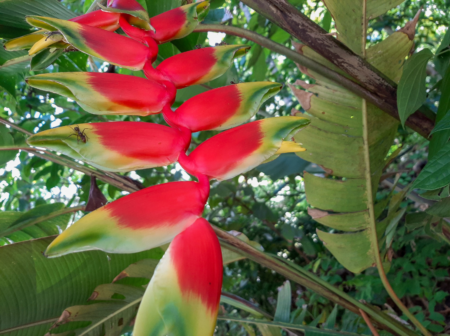
The very steady climate of the tropics means that the wildlife living there doesn’t need to adapt for cold or droughts. These ideal conditions for life are one major reason why the tropical rainforests support so many species. Furthermore, being far from the Earth’s colder poles, the tropics have not been glaciated. In other words, during colder times in Earth’s history, glaciers did not spread over the landscape and wipe out plants, trees, and other wildlife.
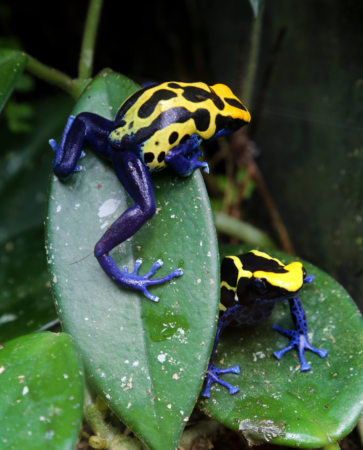
In temperate regions, historical glacier events have a big impact on what tree and plant species occur in different areas. Those which have had a longer time since glaciation support more species. Since the tropics have never had this issue, they are massive reservoirs of biodiversity.
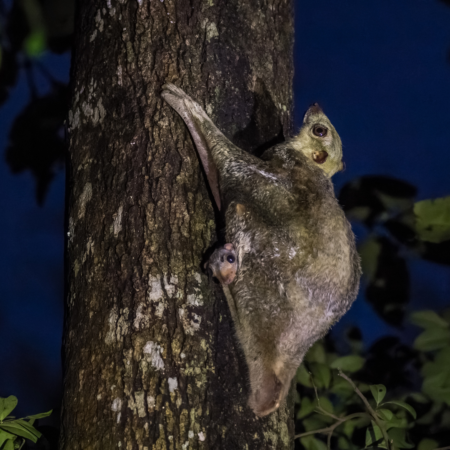
In fact, tropical rainforests, along with coral reefs, are among the most species-rich biomes on Earth. They contain tens of thousands of the world’s plant species, as well as the majority of Earth’s insects and birds.
Tropical rainforests: crowded playing field

Because the diversity and abundance of life in tropical rainforests is so high, competition is fierce. Wildlife compete over space, resources, breeding opportunities, and so on. This means lots of pressure to adapt and cope with these highly competitive conditions.
Because of this, the tropics are also where you are likely to find some of the most fantastic animal adaptations. From incredible camouflage to bizarre and complex life histories, tropical rainforest species tend to be amazing and bizarre.
Many smaller rainforest animals have found ways to protect themselves with toxic chemicals. They use aposematic coloration to advertise their defenses and deter predators. This is the major driver behind many of the brightly colored insects in the tropics, and vertebrates like poison dart frogs. Other animals take advantage of these signals and pretend to be dangerous, in an adaptation called Batesian mimicry.
The canopy and the cathedral
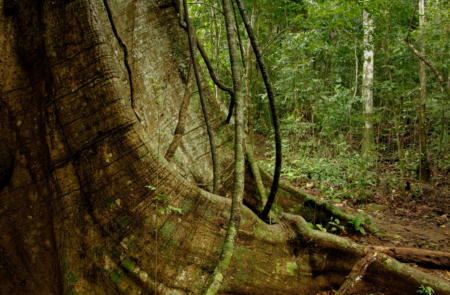
Although movies typically show tropical rainforests as thick jungles that require a machete to pass through, they don’t always look that way. In fact, most mature rainforests feel like spacious, quiet cathedrals. This is because the majority of the biomass, or living matter, is way high up in the trees. This lush life is in the canopy, the topmost layer of vegetation in the high branches of trees where they can reach the sun.
Competition for sunlight among trees results in a “race to the top”. Specifically, different species strive to get their green photosynthetic leaves into a good position to harness the sun’s energy. As a result, there is very little available light at the forest floor. Since all the hustle and bustle is happening up in the canopy, including mammals, birds, insects, and so-on, it is also quiet down below.

Some plants like to “cheat” the system and take root on the branches of trees rather than on the ground. These epiphytes can only grow in places with sufficient rainfall or humidity. While epiphytic lichens and mosses can grow in most humid or rainy climates, epiphytic plants can only grow where it does not freeze. Otherwise, their exposed roots can be damaged by cold temperatures. Because of this, you’ll encounter larger, fancier-looking epiphytic plants in the tropics. These include orchids and bromeliads, many of which are popular “air plants”.
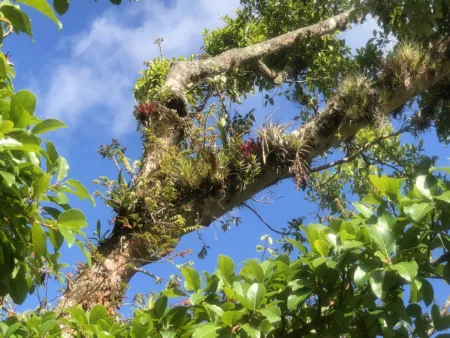
The lack of light often prevents understory plants from growing. Without shrubs and other herbaceous plants in the understory, the rainforest can feel very vast and open. With the trunks of huge canopy trees scattered around an otherwise open understory, old growth rainforests can feel very cathedral-like.
Thanks for reading about tropical rainforests!
Have you had, or plan to have, a tropical rainforest adventure? Share with us in the comments! If you enjoyed this post, please share it via Social Media. Use our Contact page for any additional comments or questions.

